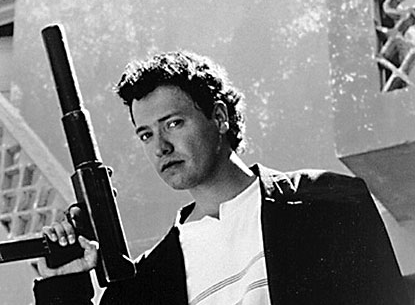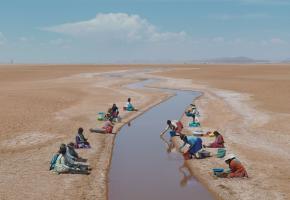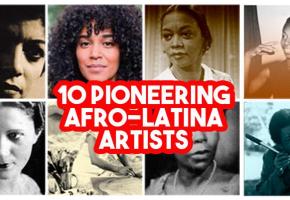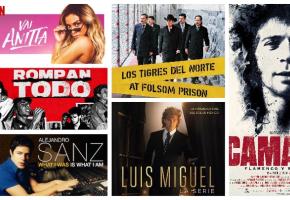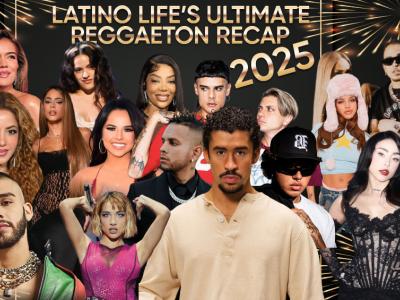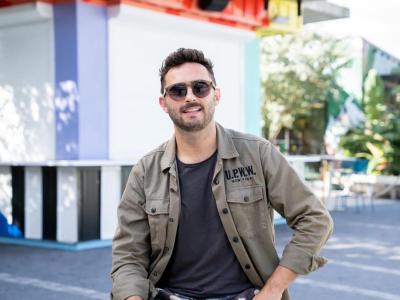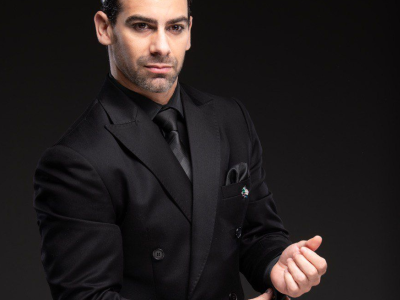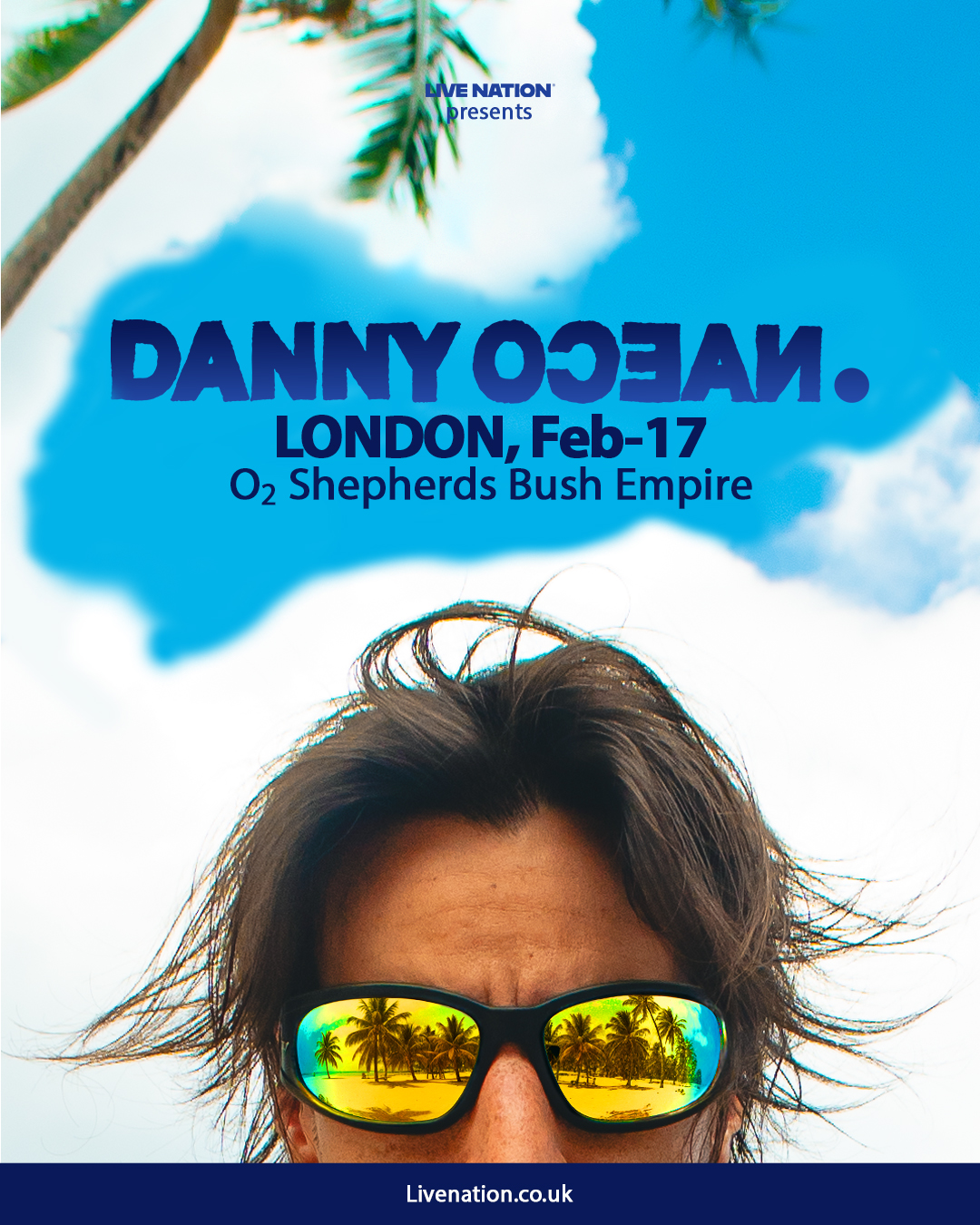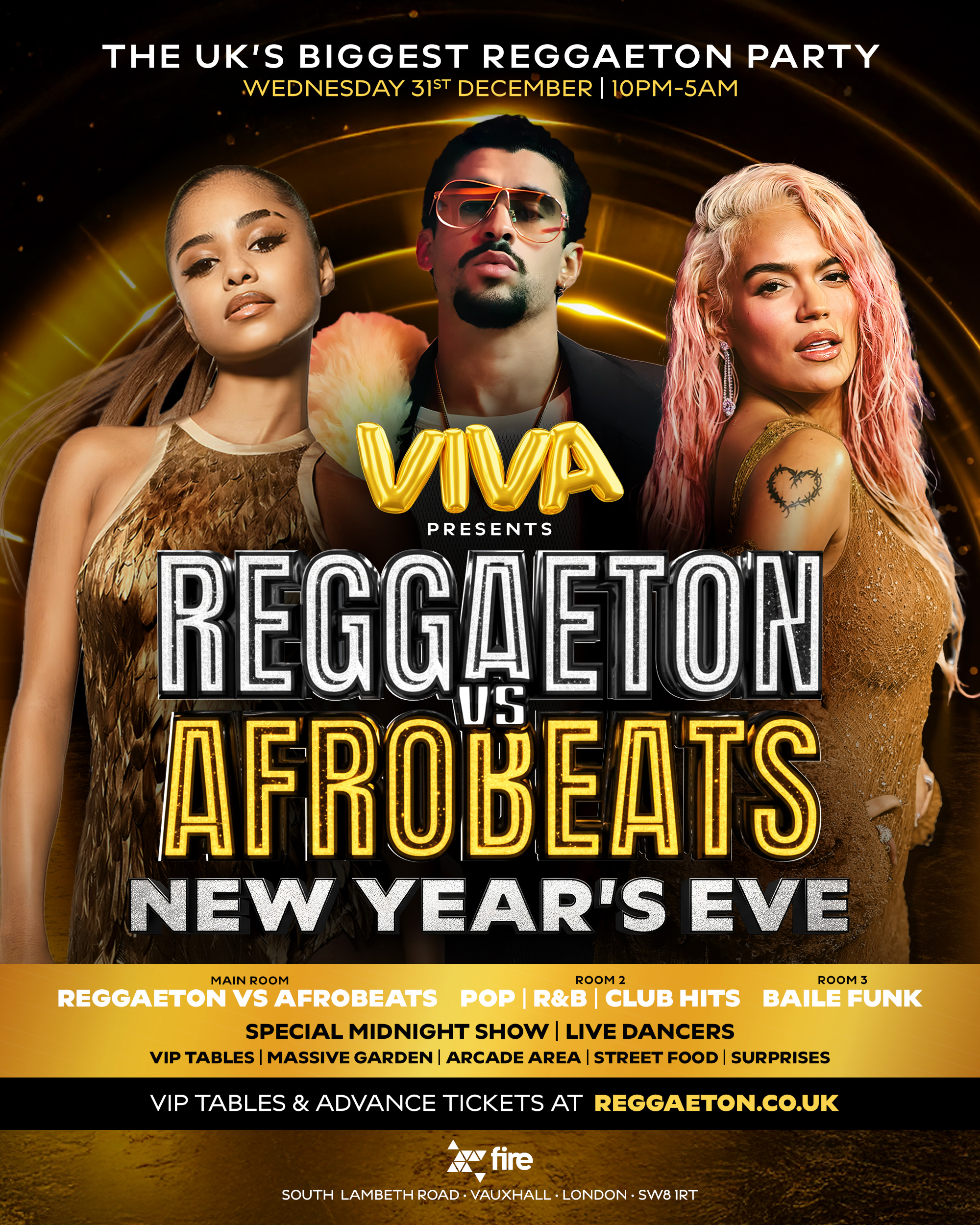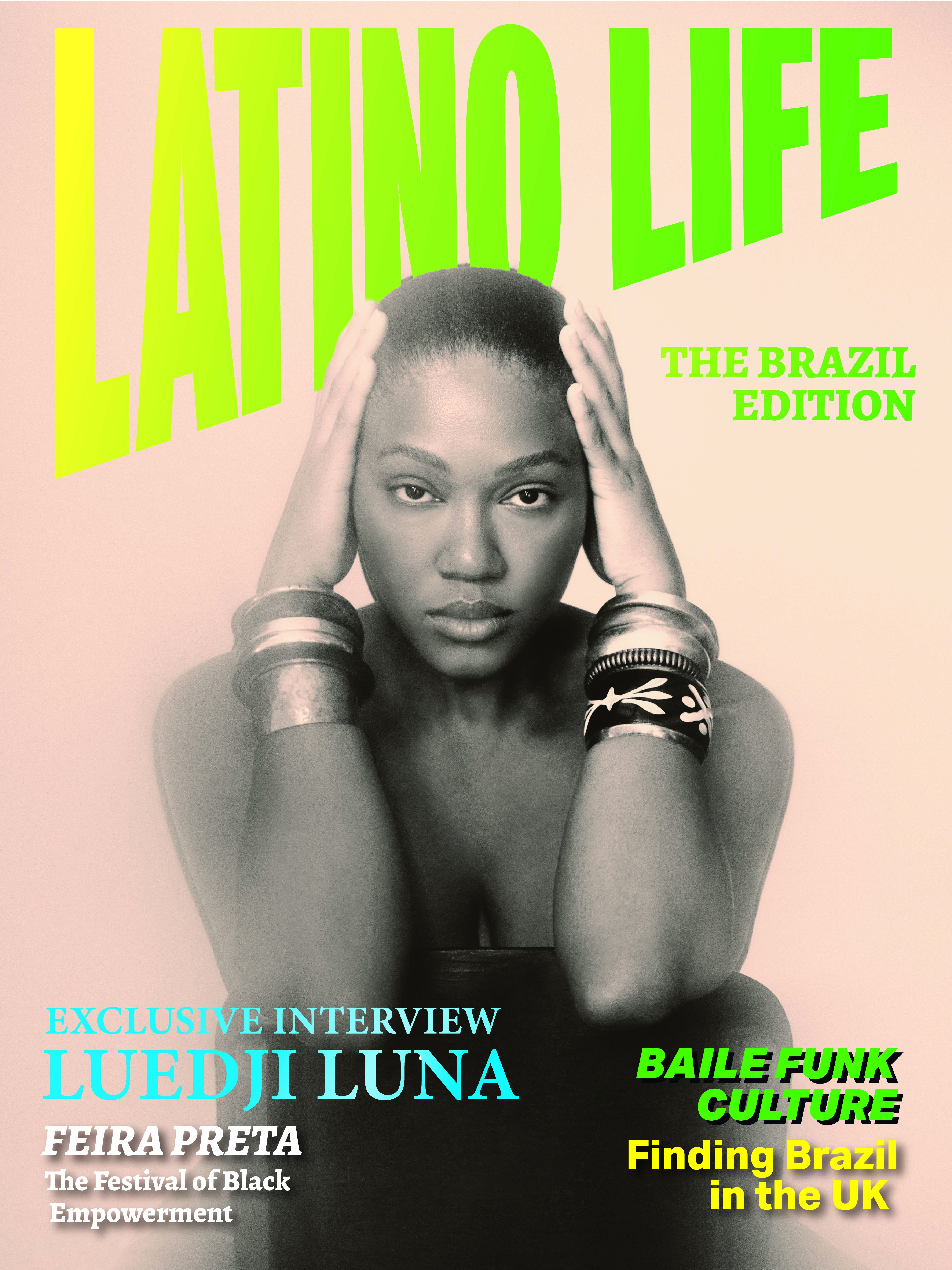Carlos Gallardo played ‘EL MARIACHI’, the lead character in the very first of the famous ‘Mexico Trilogy’. Also known as the Desperado Trilogy, it also includes ‘Desperado’ , which starred Antonio Banderas' and ‘Once Upon a Time in Mexico’.
Released in 1992, El Mariachi remains a film of enormous significance. It set a template for independent and digital filmmaking, long before it became more accessible thanks to easily available video cameras and editing software. The independent film world owes a great deal to this adventurous, funny and highly entertaining film that emerged from Mexico in 1992 to everyone’s delight, proving it was possible to make a lo-to-no budget movie with a Latin cast and have a box office success in the USA and around the world. EL MARIACHI was shot on 16mm film with only one take per shot, thus revealing the inventiveness and resourcefulness of the basic two-man crew. Carlos Gallardo, playing lead and producing (also managed to double up as Unit Production Manager and Special Effects Man!). His friend Robert Rodríguez wrote the script, manned the camera, directed and edited. No mean feat for them both.
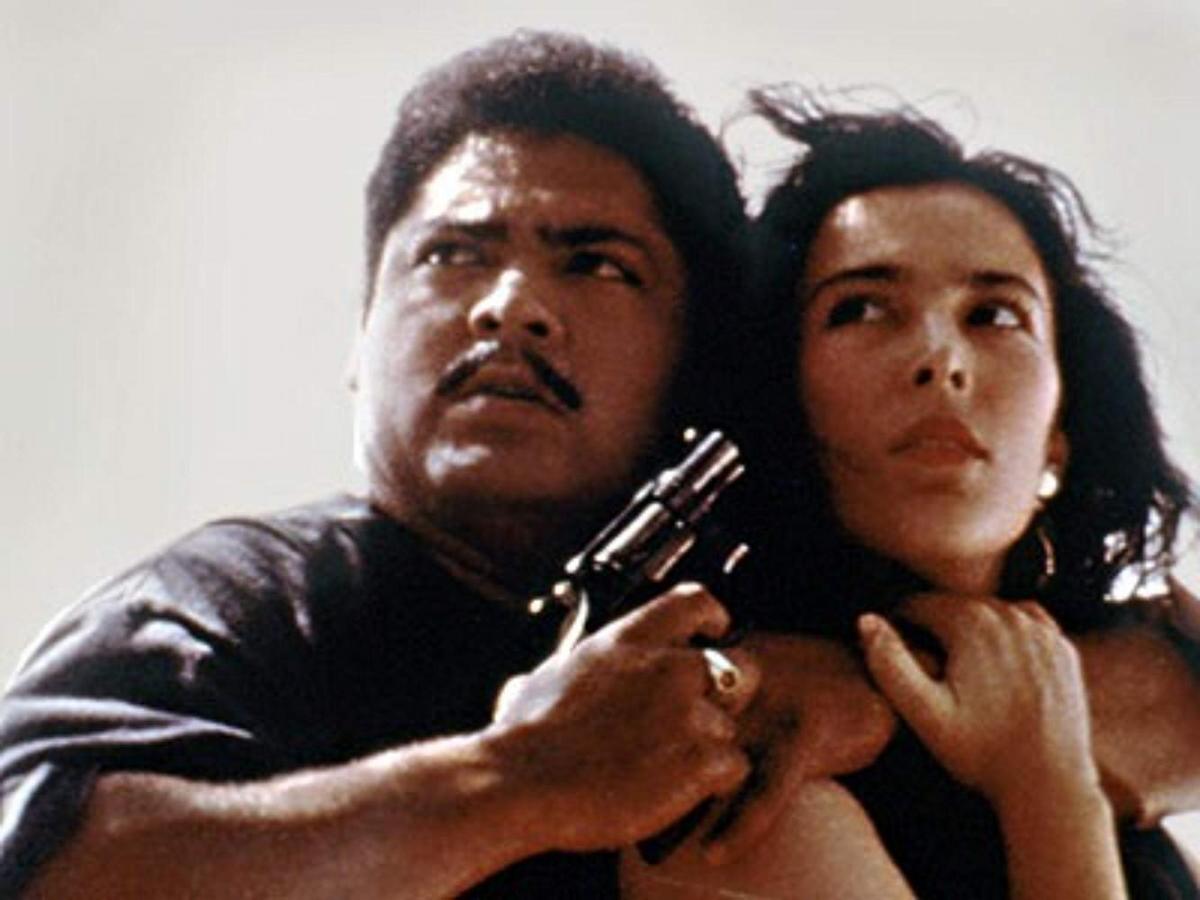 Reinol Martínez and Consuelo Gómez
Reinol Martínez and Consuelo Gómez
The budget for the production only came to $US7000. Most of this went to pay for a total of 28 film cans of 400ft each and the subsequent laboratory costs. Robert Rodríguez was heard to state that had it not been for the film and processing costs, the film would have cost $US600!
Having no money for tracks or a dolly, Rodríguez was wheeled about in an old wheelchair, to shoot the tracking shots. Being obliged, by law, to advise the public of the street film shoots, but wanting the public to be there as he could not afford extras, he placed placards around, but all in English so no one would understand. Two local journalists were very critical of the production and he managed to enlist them, giving them small parts in the movie which had a very positive effect on their subsequent comments! One of these was the hotel owner and the other was the bartender in the film.
El Mariachi won multiple international awards, largely thanks to the fact that it was picked up by Colombia Pictures, who took a gamble on a ‘Mexican film about a guitar player’. It won the 1993 Sundance film Festival ‘Audience Award’, and they also shared the ‘Independent Spirit Award’ for Best First Feature.
Gallardo went on to be co-producer on the other two films of the Mexico Trilogy, also directed by Robert Rodríguez: ‘Desperado’(1995) and ‘Once Upon a Time in Mexico’ (2003), which replaced Gallardo with Antonio Banderas in the role of El Mariachi. Gallardo played a role in Desperado as El Mariachi’s friend ‘Campa’, and was more deeply involved in the production.
The El Mariachi storyline moves around the fact that EL Mariachi, (played by Carlos Gallardo) an innocent travelling musician, is confused with a murderous criminal ‘Azul’ (Reinol Martínez) who has just been sprung from jail, hell bent on getting his share of heist money from the local mafia boss 'Moco' ( Peter Marquardt) who has no intention of letting him get hold of it. Unfortunately for El Mariachi, the criminal also carries a guitar case, full of bespoke weapons. It takes little time for El Mariachi to discover he is being hunted, but he takes a while to work out the reason why… meanwhile, a series of dramatic and funny situations develop and he is helped along the way by the owner of a bar 'Domino' ( played by the delightful Consuelo Gómez), As the film motto states: “He wasn’t looking for trouble… but trouble came looking for him.”
Carlos Gallardo was born in Acuña, Coahuila in Mexico in 1966, the very town where El Mariachi was filmed, to a Mexican father and an Irish mother. It was no coincidence that Gallardo and Rodríguez teamed up as Gallardo explains: -
“We met in high school and I was always the dreamer, and it was there that we started to make little films, 3 minutes or 5 minutes… the longest about 20 minutes. We did that for about 8 years, a lot of people don’t realize this. There are a lot of books and biographies that miss that fact that we had eight years of film making behind us [when we finally shot El mariachi]. [I made] my first film was when I was 12 years old with an 8mm camera and I shot a scene from [John Carpenter’s] ‘Escape from New York’. It’s the scene where Snake meets the main police guy and it was a two-minute-long little film. I showed it to Robert when we met back at school after the holidays and he showed me one that he had made, with clay… plasticine… [in stop- frame animation] like the Gumby cartoon, [originally modelled by Art Clokey]. I was very impressed and we became firm friends.”
While their school mates were spending the weekends getting drunk, Gallardo and Rodríguez, feeling “totally high on life”, went about filming short films with Robert’s father’s video camera. This continued throughout their High School days and then, continued while they were at university.
“Robert went to film school and I got into a business school. That why I continue to be a producer in films, even though I took drama lessons. But I discovered early on, that the theatre was not for me… my tutor would comment on how I used my eyes and, in effect, it was spontaneous for me and, in El Mariachi, you can see how the character uses his eyes to express a great deal and so I have always tried to use my eyes to conquer the camera.”
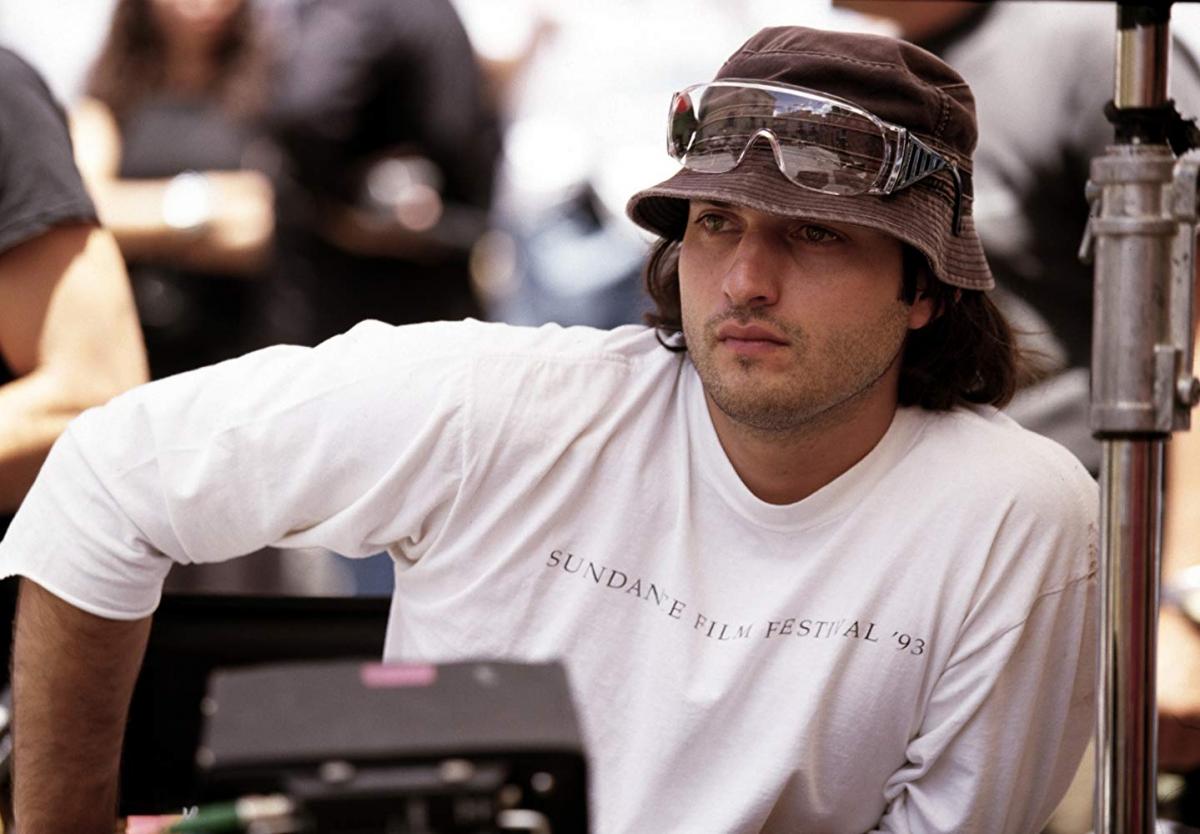 Robert Rodríguez
Robert Rodríguez
An unexpected opportunity opened the doors for Gallardo’s film-making career: -
“I started to work in a hardware store where my brother-in law was the manager, and he told me he knew Alfonso Arau, the director of ‘Like Water for Chocolate’. My first thought was: ‘I want to be like him! He’s Mexican yet he manages to be in films, like ‘Romancing the Stone’. When I met him, he offered me a job on ‘Like Water for Chocolate’. By coincidence, it was being filmed in my town, Acuña, where we later filmed El Mariachi. I began to see that there were only two things that were different from our short films: they had far better cameras, and lighting, but all the rest, we already had, even the locations. I learnt a huge amount during the five months I worked for Arau and that is when Robert & I began to plan our own film and think about how we could raise the money.”
Rodríguez managed to raise $US3000 for his work as an experimental guinea pig, or Lab Rat, being part of trials for Cholesterol and Pain treatments, and Gallardo had an accident, which unexpectedly gave him $US5000 compensation. They had calculated they would need $40K, but they decided to go ahead anyway. While Rodríguez was being a guinea pig, (with Peter Marquardt), he would send the script to Gallardo as he progressed, leaving Gallardo to scout around for locations that matched the action. Most of these belonged to friends and acquaintances.
There was never any storyboard, Rodríguez, who had always been their ‘editor’ kept all the shots in his head. When they started shooting, their friend Juan Suárez wrote a song that became intrinsically linked to the production, called ‘Ganas de Vivir’ (The Will to live) for El Mariachi to sing.
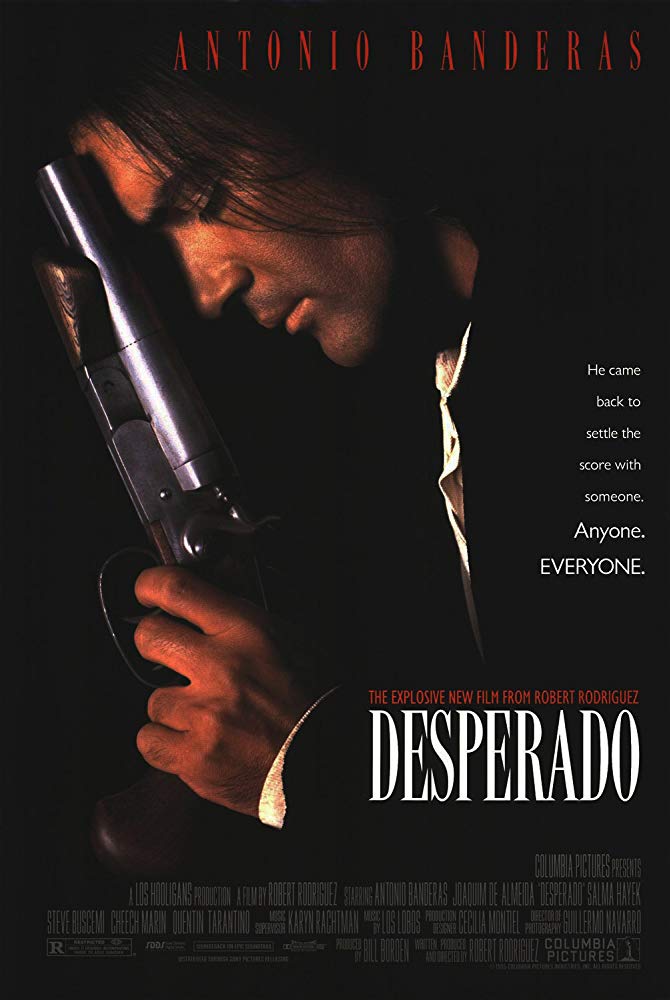
Most of the guns used were water guns, but some were real, and they soon found that blanks could only be fired once as the guns would jam, so Gallardo went out of his way to sort this out with the local Mayor and the Police Chief: -
“I went to the mayor and asked for permission to use their guns. Initially he said: Yes, but then he said you will have to talk to the General. So I went to the Army General and said, “Well, the Mayor wants to give me the guns so I can go and make a movie and I just need your permission … the green light… so that it’s okay”, and he said: “How do I know that you guys are not just pretending to make a movie and then you’ll go and rob a bank?
He really said that, and I said: Really?”
I was on my own because I was basically the producer while Robert was busy with the equipment. So, I thought, “How do I do this? “ We were very young, 23 years old, so I tried to find out who was at city hall and found I had a friend there… so I went to him and said: “ Look, Robert is from the USA and I am a local guy, how about you writing me a letter saying it is an Intercultural thing… so I started getting into politics for 2 or 3 days, and he sent that letter and then the Mayor sent it to the general, so the General had no choice. So, the guns that you see that work are from the cops. The Mayor then sent the cops [ to keep an eye on us] and some even ended up in the film!”
That took care of the guns, but there were still the bullets to find. Gallardo managed to use his contacts with Carlos Faromir, a Special Effects man from LA whom he had met on Like Water for Chocolate:
“We called the number he had given us and someone at Paramount pictures answered the phone in some warehouse and I said: Hey, I’m calling on behalf of [Carlos] Falomir…
Yes, Falomir from Mexico yes… How’s he doing?
Oh yea, he’s doing great! He’s not with me right now, but he’s around… he was miles away in LA… We need about 300 bucks of bullets and squibs. (a Squib is a small firework that burns with a hissing sound before exploding).
Oh yes, I’ll send them Federal Express…! So we received them via Federal Express, can you believe that? Explosives via Federal Express!”
So much for cheek, inventiveness and resourcefulness, and that is how this remarkable production was finally made. They started touting it about and it did not go well as, even in Mexico, people were not excited about a Mexican film with a Mexican cast about a guitar player. Eventually, it caught the eye of two companies, Miramax and Columbia, They chose Columbia as Miramax at that point were still a small company, but when it came down to it, it was still only thanks to Marc Canton, who was in charge of distribution ( in 1993) that Columbia took the plunge and decided to release it, sending it to the Sundance Film festival where it promptly won the Audience Award in 1993.
Despite being filmed for only $US7000, once Columbia had decided to pick it up, they invested another $200.000 for some post- production, distribution and advertising… so it was worth hanging in there!! The rest is history.
Meanwhile Carlos Gallardo has been busy producing his own films, the latest one being REDCON1 directed by Lancashire-based Director Chee Keong Cheong. REDCON1 has just been released in London, (Vue Cinemas) having premiered at the Raindance Film Festival: -
“This film is an epic [zombie movie]. It’s the second toughest film I have ever done. It was made for under one million dollars which many people think is impossible. It took three months and despite being an independent film, it’s very commercial. The storytelling is different, and that is where I took a risk. Most viewers of commercial productions are aged between 18 and 25, maybe up to 30 years old, and they are used to YouTube and seeing things that are [in sound bites]. So, we have a story arc based on some [intense] action. I realized that the only reason that we were able to make this action-packed film was because everyone survived, because they were all so young! That’s magical. It is the story of a captain and his platoon, focussed on one soldier, there are strong action sequences and then we enter a more intimate part, that will surprise people… the ending is strong and, like with El Mariachi, the ending is all important.”
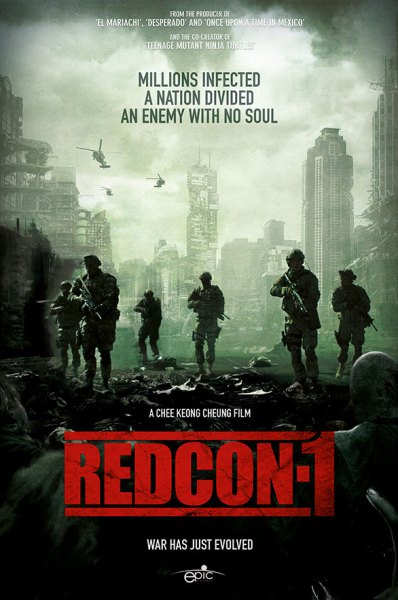
El Mariachi ( 1992)
Writer/Director/Editor/Cameraman: Robert Rodríguez
Producer/Unit production Manager/ Location scout/ Special Effects : Carlos Gallardo
CAST : Carlos Gallardo, Peter Marquardt, Reinol Martínez, Consuelo Gómez, Jaime de Hoyos.


